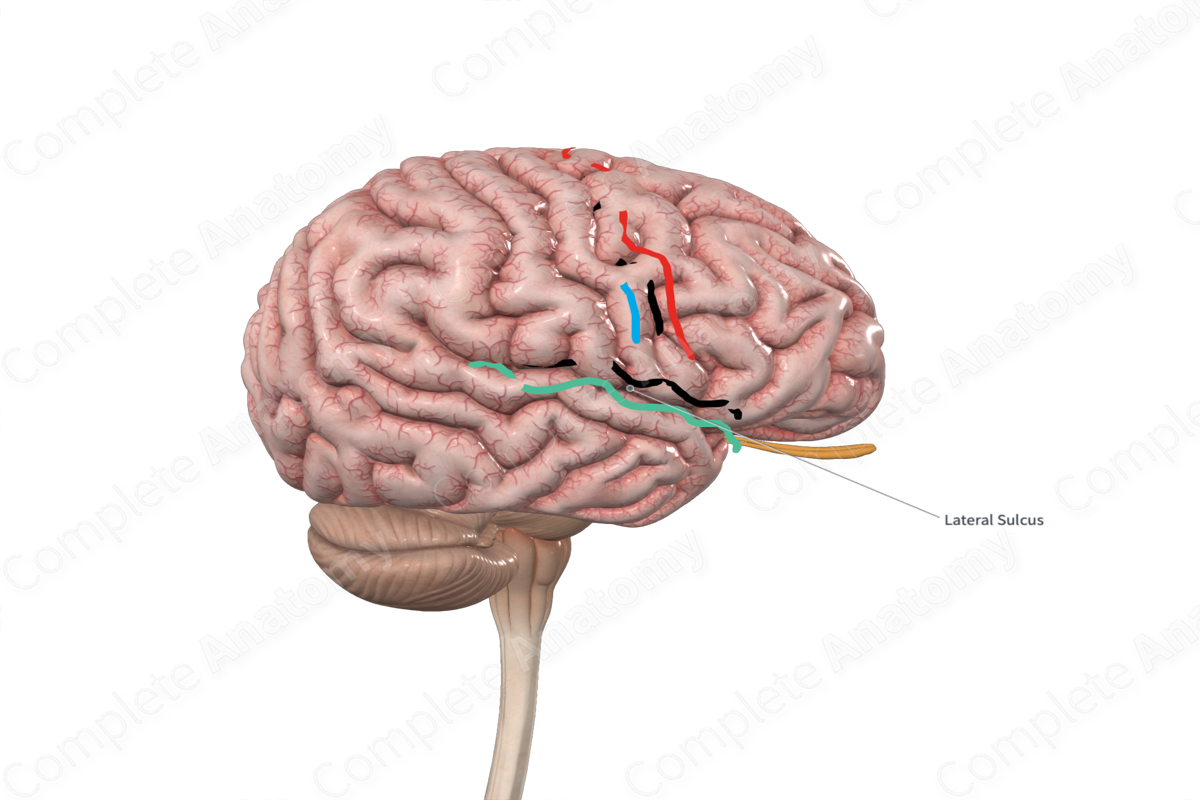
Quick Facts
The lateral sulcus (aka lateral sulcus of cerebrum, Sylvian fissure, or fossa of Sylvius) is a deep groove located along the surface of the cerebral cortex. It is the most prominent of the cortical sulci, and it divides the frontal and parietal lobes superiorly from the temporal lobe inferiorly. It has three parts; the large posterior ramus, the short anterior ramus, and the short ascending ramus.
Learn more about this topic from other Elsevier products





